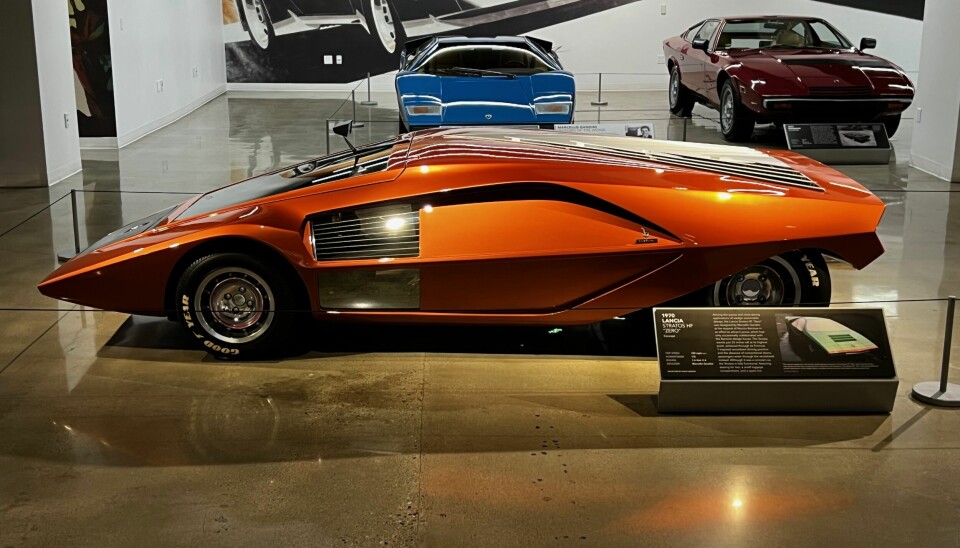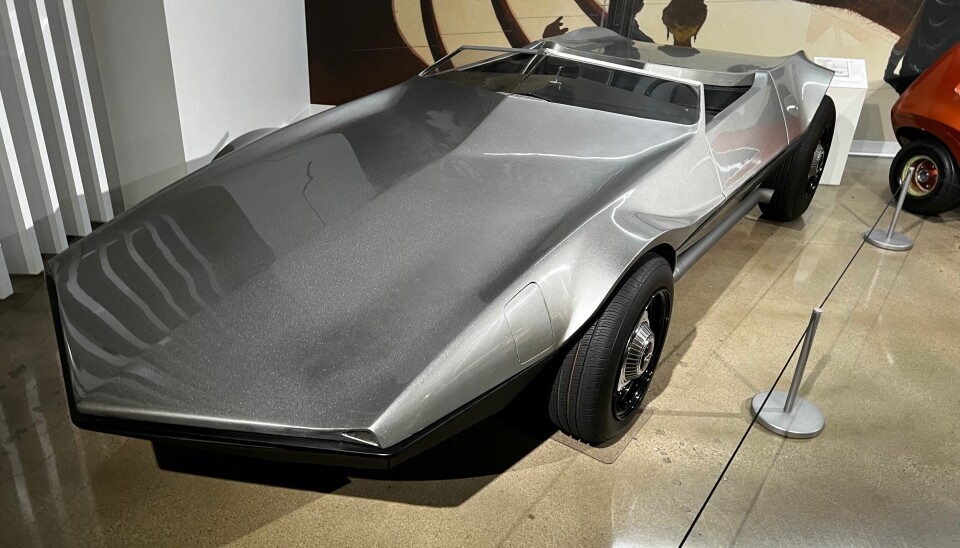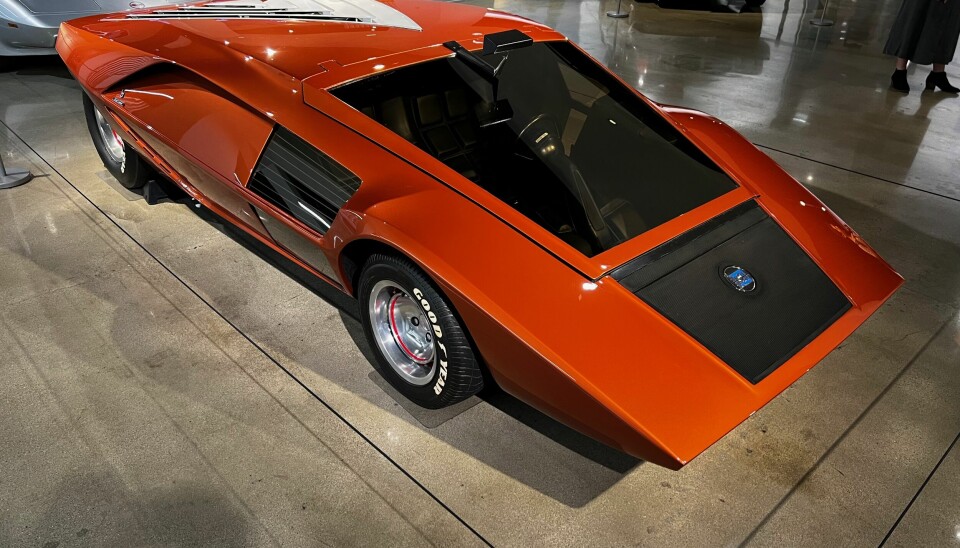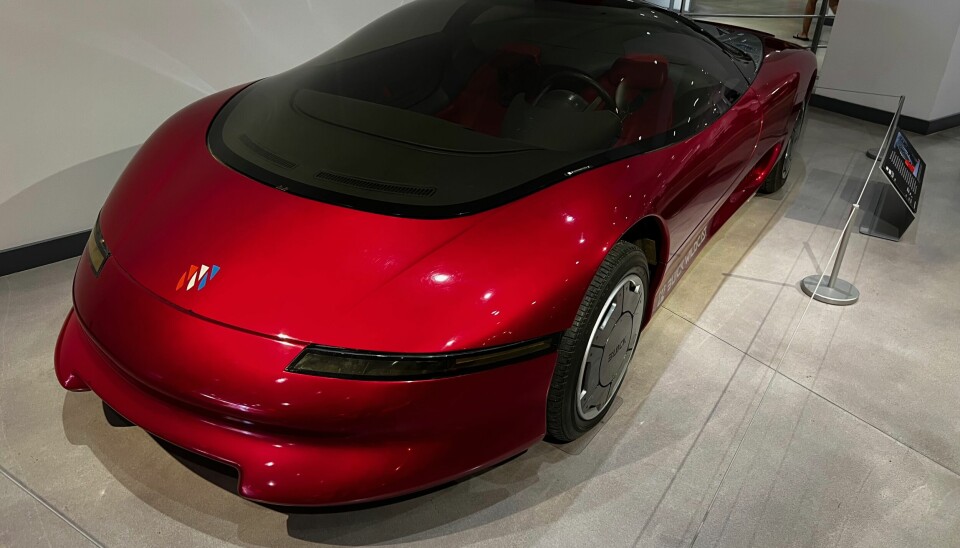Highlights of "The Wedge Revolution" exhibition
“Wedge Revolution” highlights a busy summer at the Petersen Museum

The Petersen and Franz von Holzhausen curate a classic selection of “Wedge” cars, plus some lesser known oddities from this storied era
The “wedge” era of automotive history stretched roughly from 1965 to 1985, with many supercar classics penned by budding design superstars in those years. Now the Petersen Museum in Los Angeles celebrates the movement and the cars in a new exhibit that also dovetails into other exhibits celebrating the era, and into the museum’s collection itself.
“The Wedge Revolution” is curated by the Petersen, in association with Franz von Holzhausen, chief designer at Tesla, who is loaning a couple of cars from his own collection to the exhibit. You have to wonder how much of the wedge aesthetic infused the design of the Cybertruck (initial sketches suggest otherwise, but the final product certainly celebrates the triangle in a big way).

The wedge era is generally understood to have been launched in 1968 with the introduction of the Alfa Romeo Carabo at the Paris Motor Show. Designed by Marcello Gandini while at Bertone, it has become a classic concept car. But at the Petersen, another car, the Cannara I makes a claim to be considered the original wedge.
The Stratos Zero (sometimes called the Lancia Stratos Zero because of its badging and Fulvia underpinnings) is the star of show, and even after 55 years it has the capacity to shock with its low-slung body and fall-into-it entry sequence through its front door/windscreen.

As for Mr. von Holzhausen’s contributions, a blue Lamborghini Countach and a blue Lancia Stratos sit adjacent to the Stratos Zero and show that concept’s development into street and off-road cars.

Also well represented is the late William Towns of Aston Martin fame. No Lagondas here, but the Aston Martin Bulldog Concept, in all its Brutalist glory, rests near the Stratos Zero and a rare gold-plated DeLorean offered in 1983 as promotion through American Express.
Mr. Towns is also represented by two city cars, the Minissima, planned as a successor to the original Mini, and the Microdot, a further evolution of the city car idea. Both show incredibly mature massing and graphics, and it is an education in itself just walking around them.
Also, fascinating is the Honda Lady concept from 1976, a rare wedge-shaped shooting break built on a Honda Civic chassis. The one-off concept (which still runs) was loaned to the Petersen by Myron Vernis, a collector in Ohio (@MyronVernis if you are on Twitter/X).
Interestingly, the exhibit continues, in a way, in the large Mullin gallery on the floor below. There, the Petersen has a large celebration of 1980s and 1990s car culture, which includes late wedge entries from Lamborghini and the Ford Probe IV concept (half wedge and half aero), and also, cars that came afterwards, when a softer, more curvaceous, design aesthetic emerged.

GM’s magnificent Corvette Indy, and Buick’s Wildcat are among the highlights here, showing “the aero look” from the period. There are plenty of supercars here as well, including a Lamborghini 5000S and a Lamborghini LM 002- which is more chunk than wedge (It’s a truck, after all).

And, when you visit, don’t forget to visit the newly redesigned Vault, the underground storage area for the museum, where more wedges await you among the museum’s impressive rotating collection.
The Wedge Revolution: Cars on the Cutting Edge opens 2 August 2025 at the Petersen Museum












